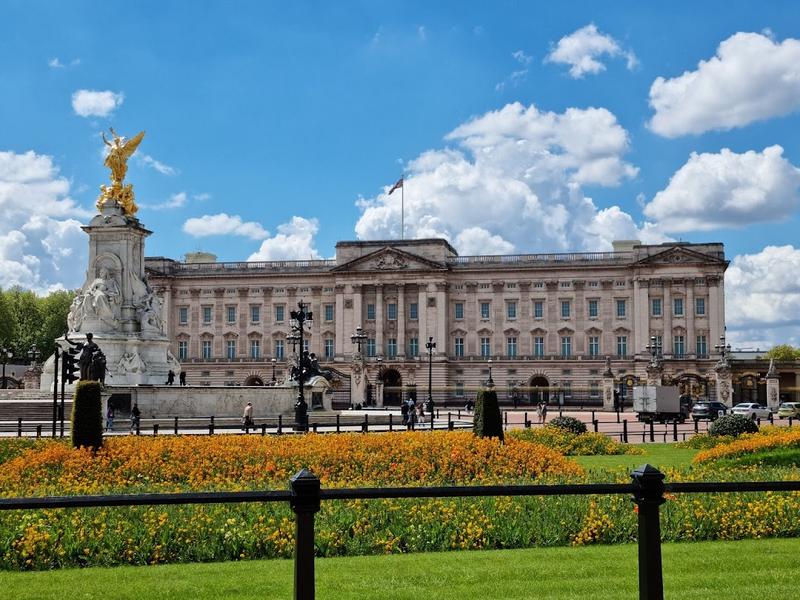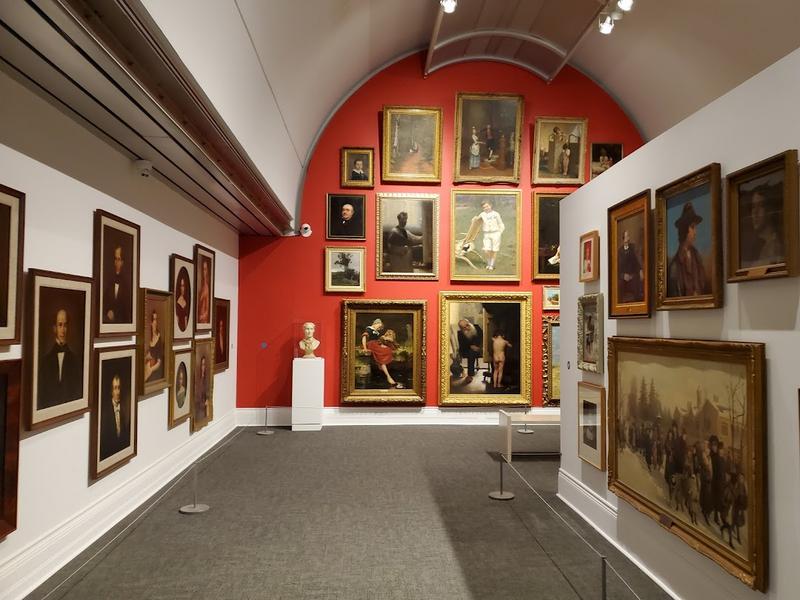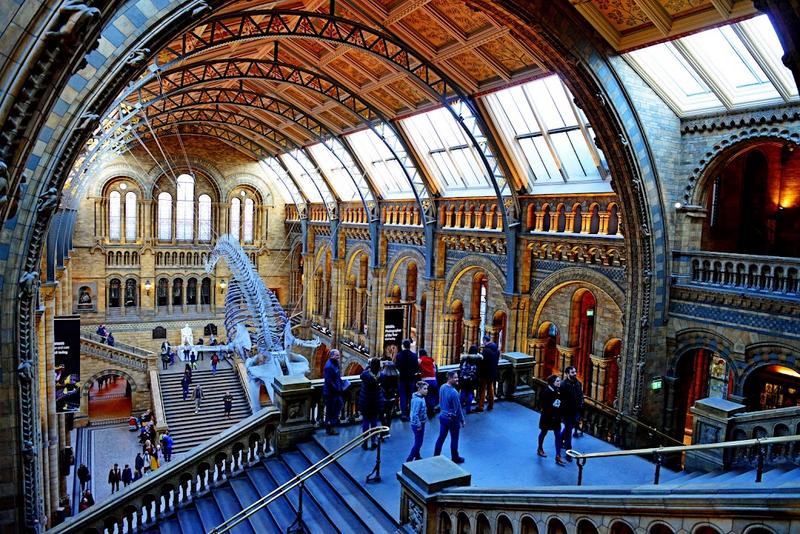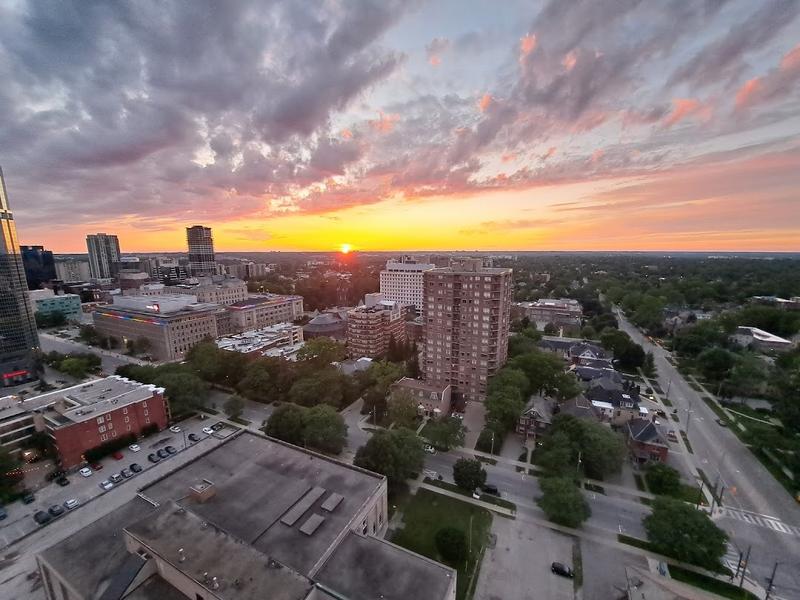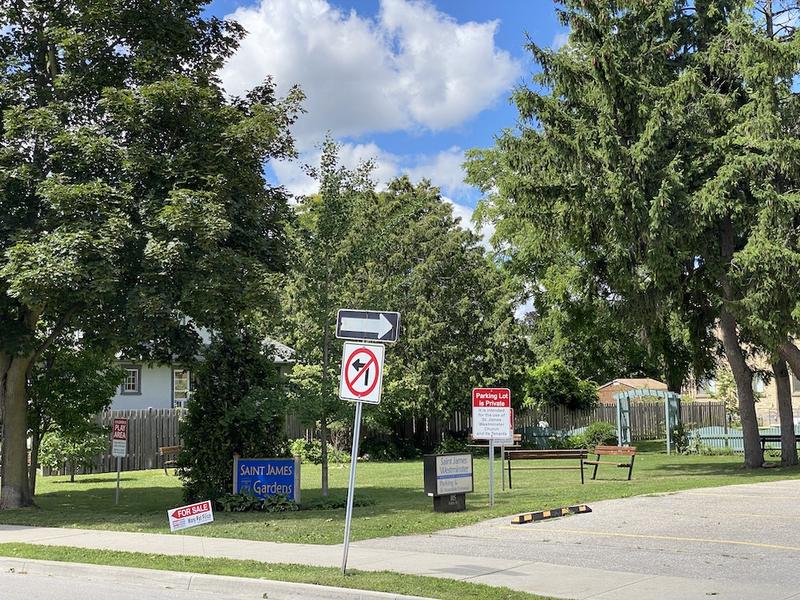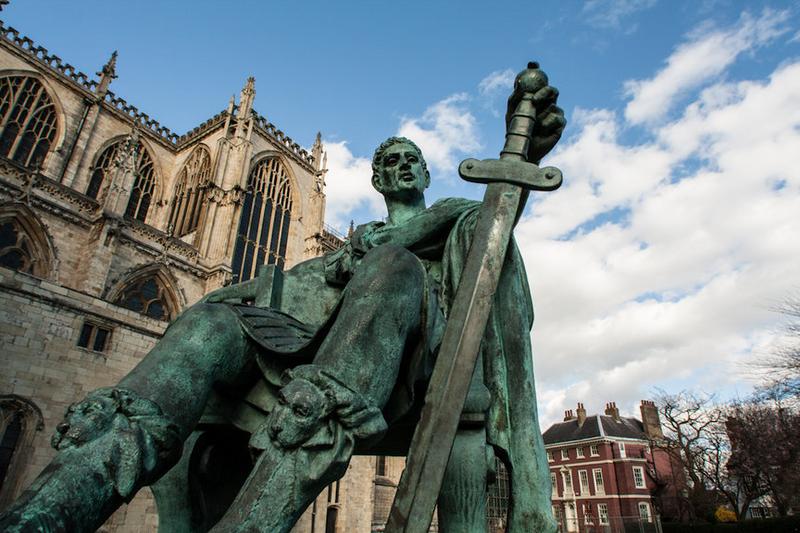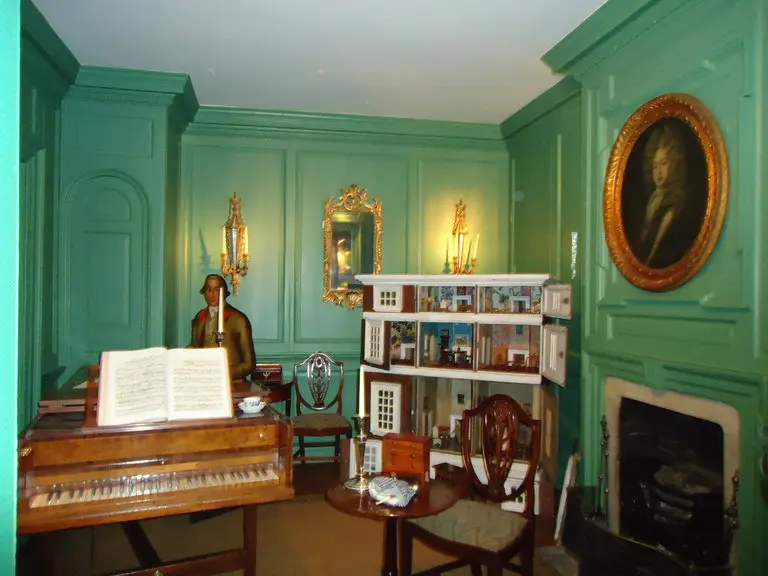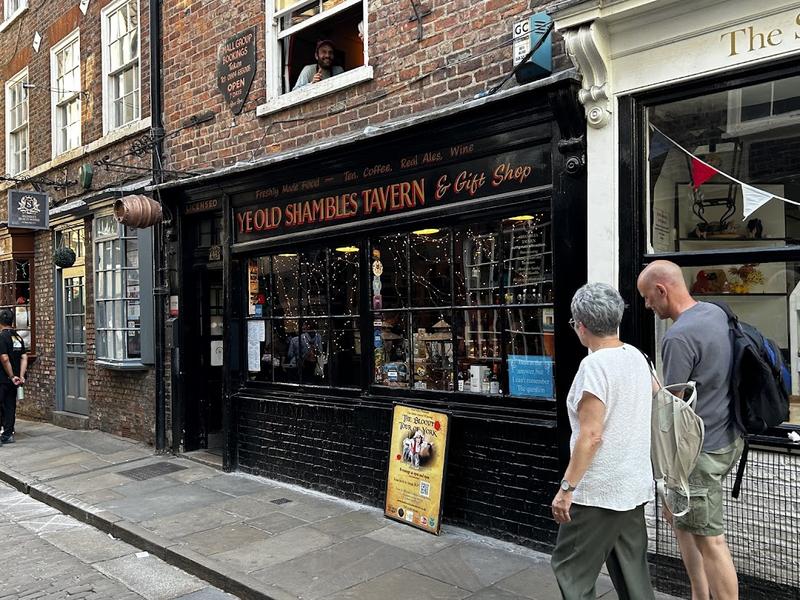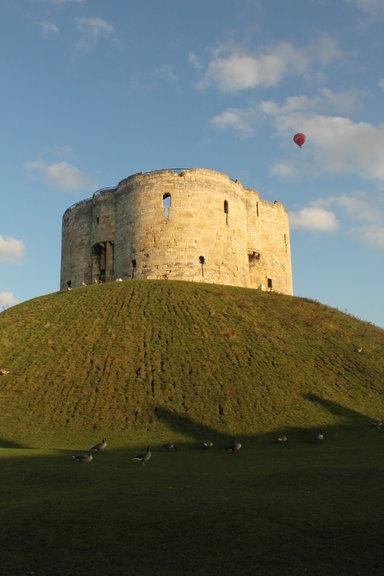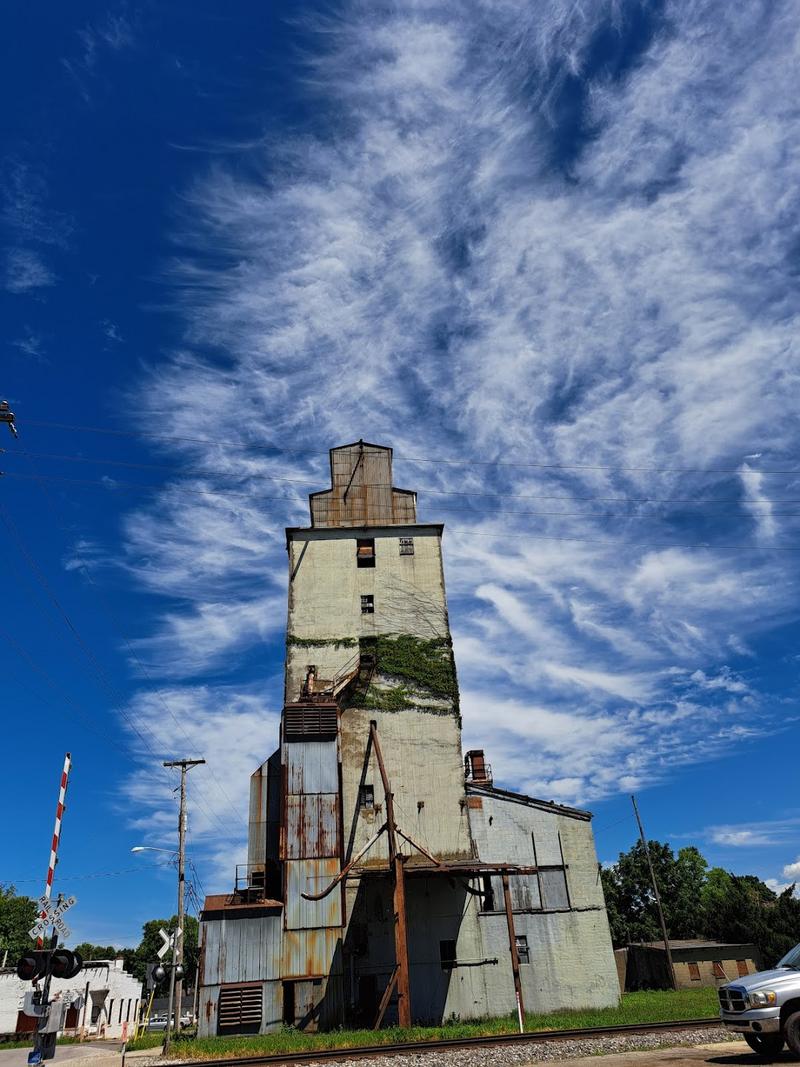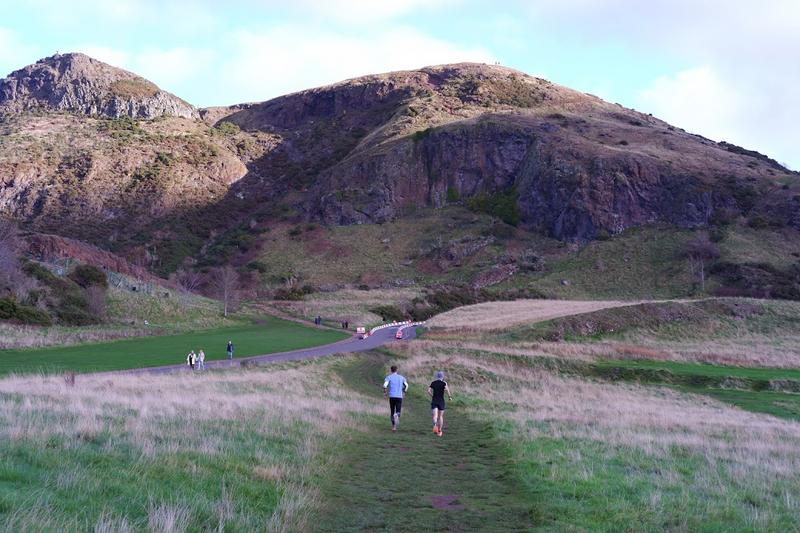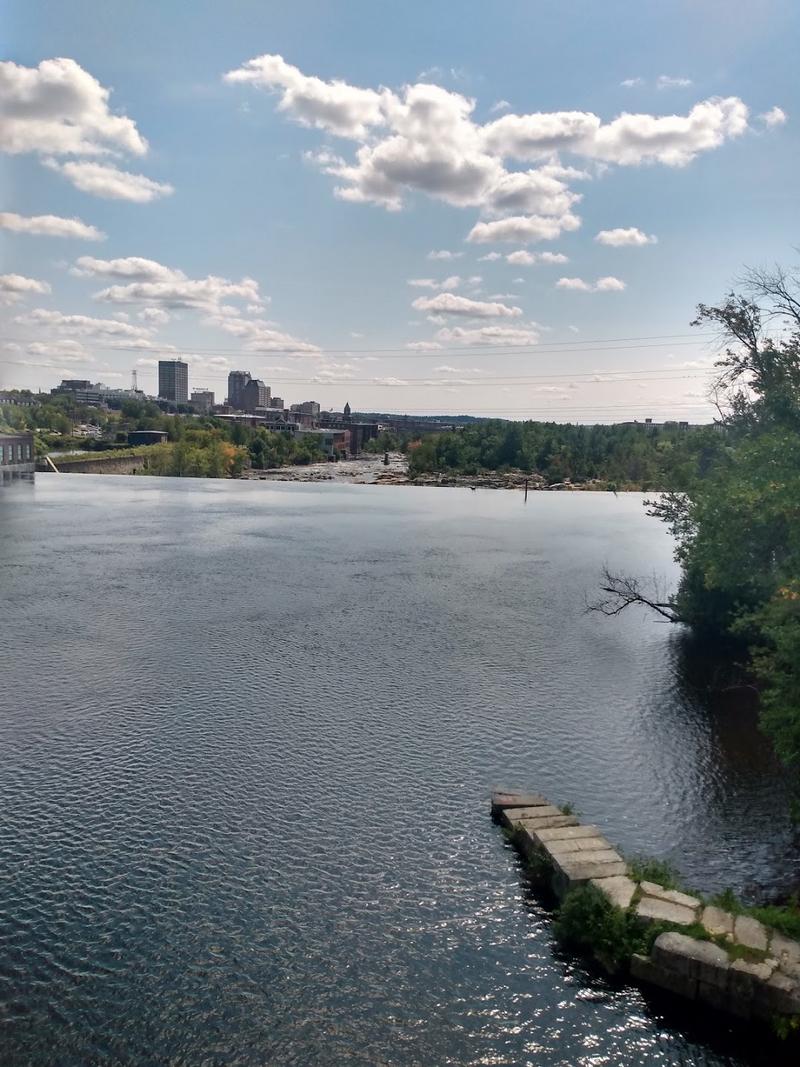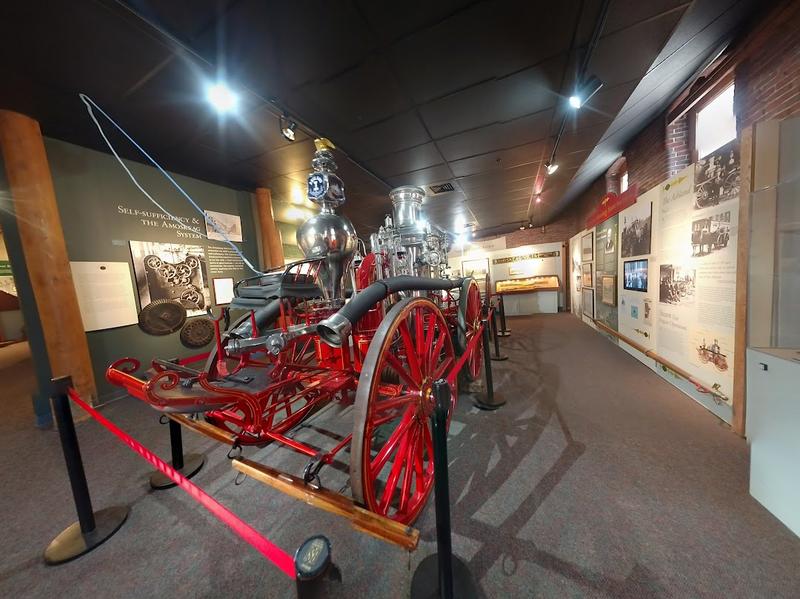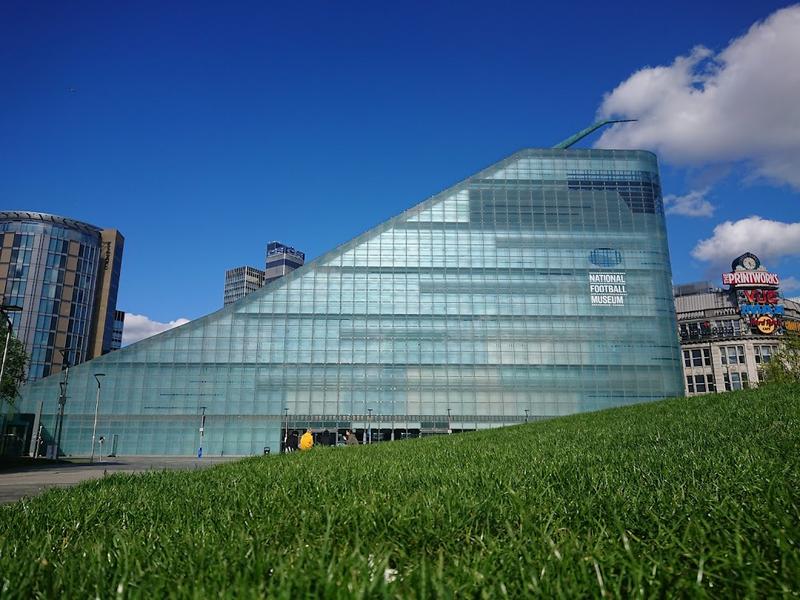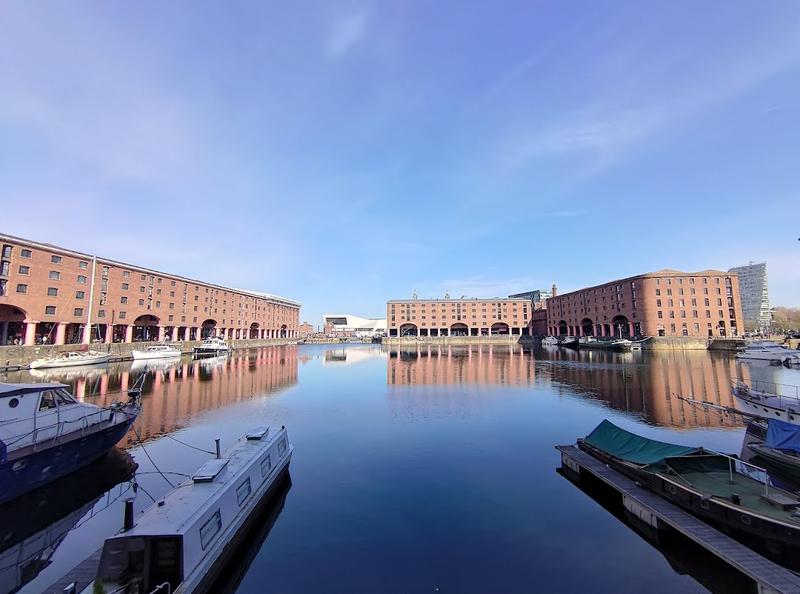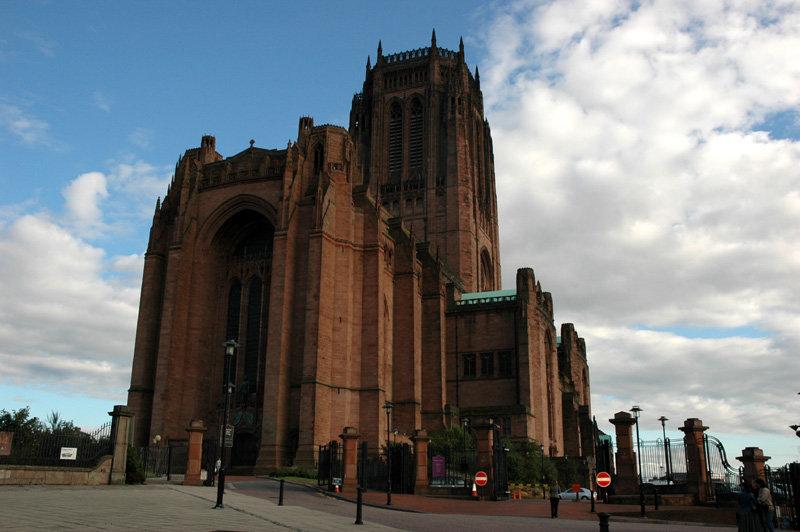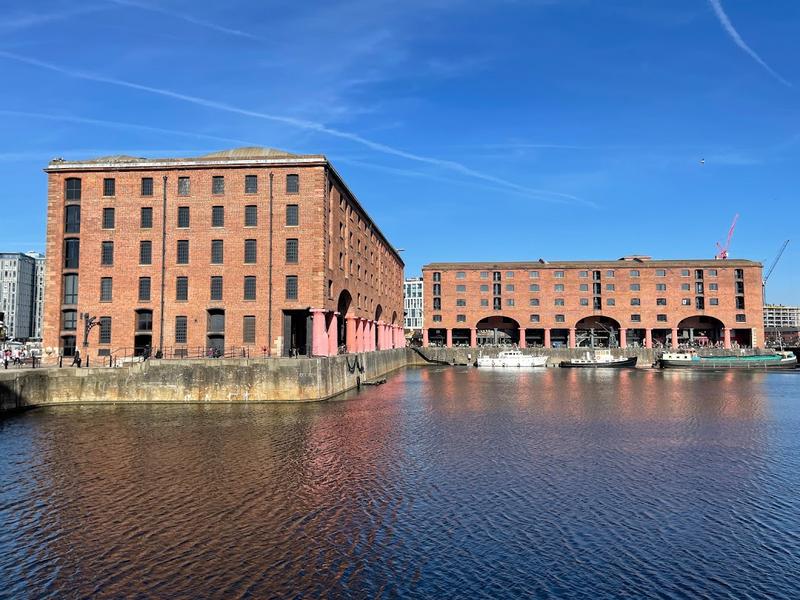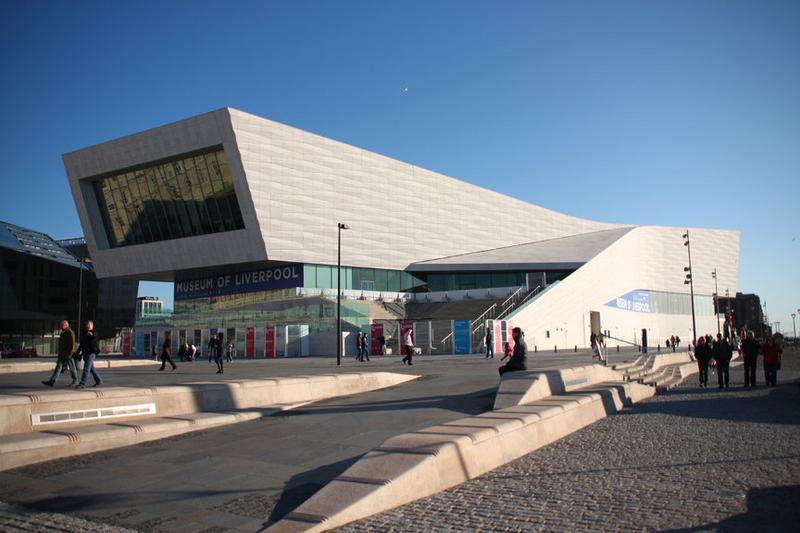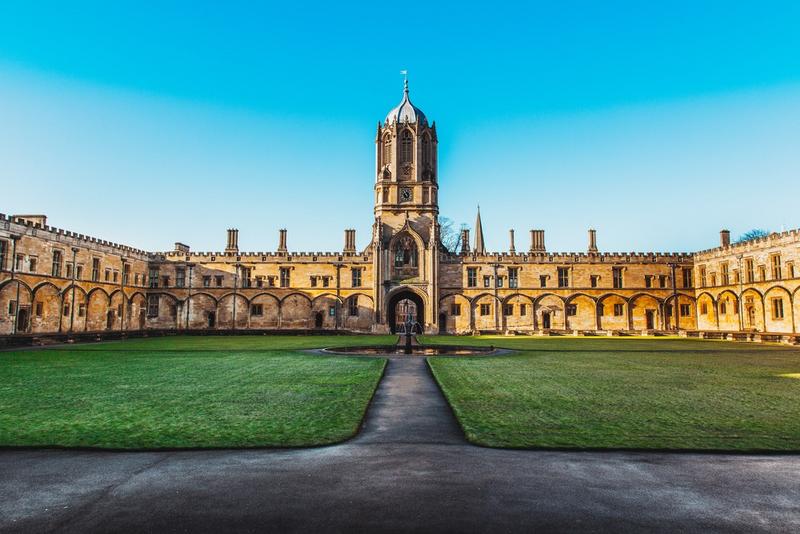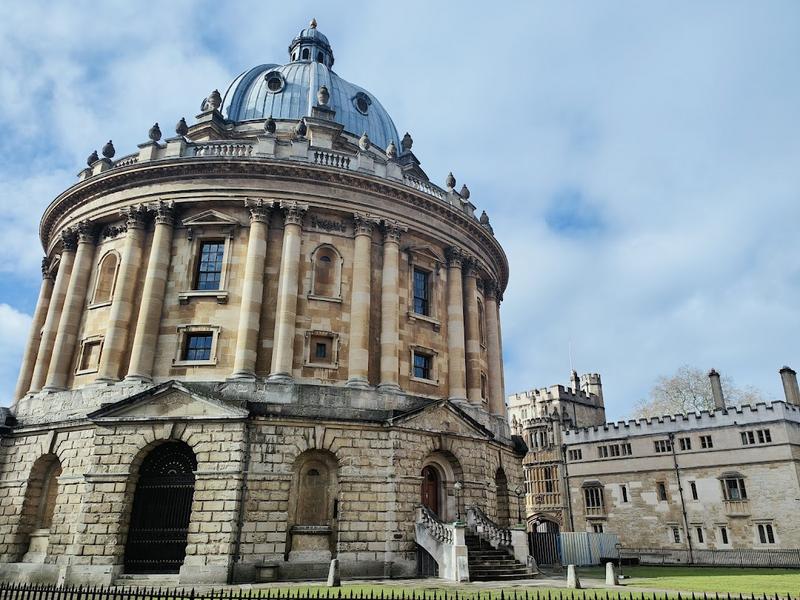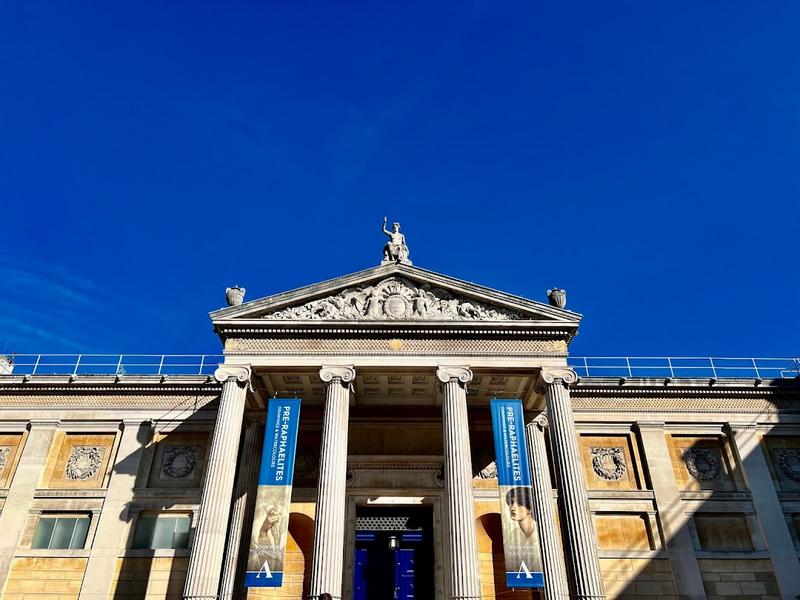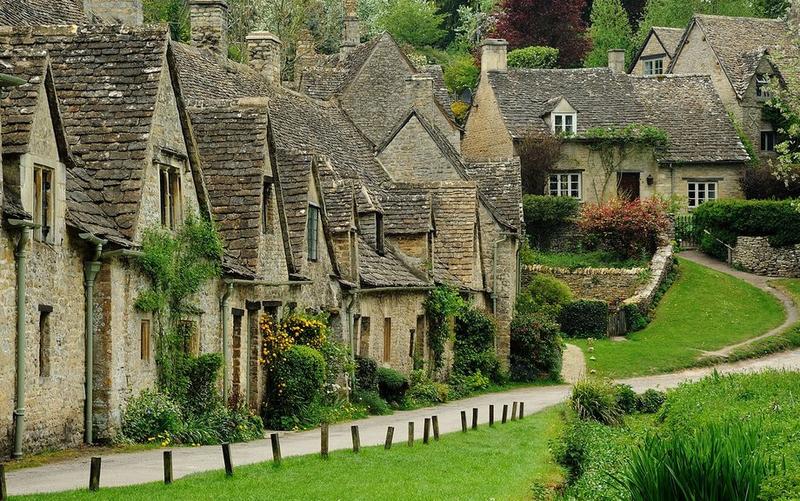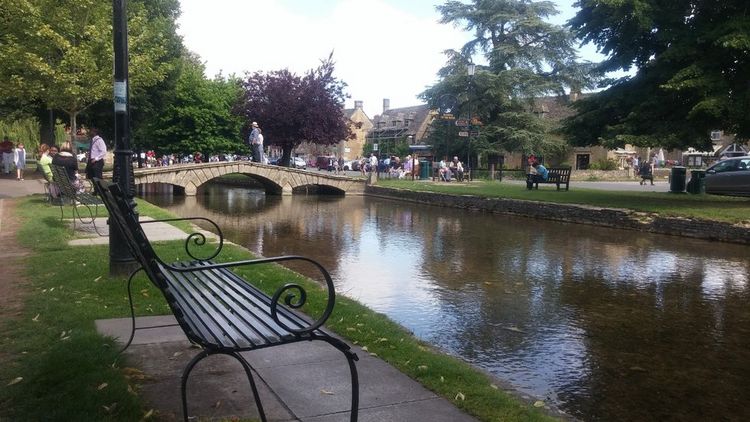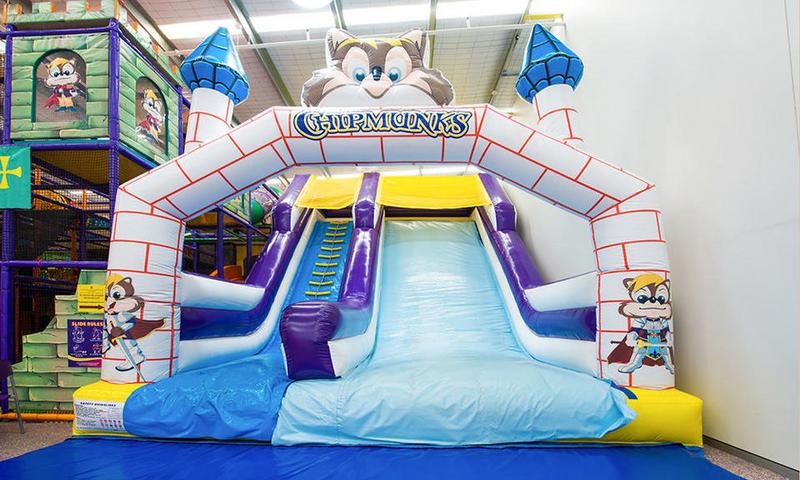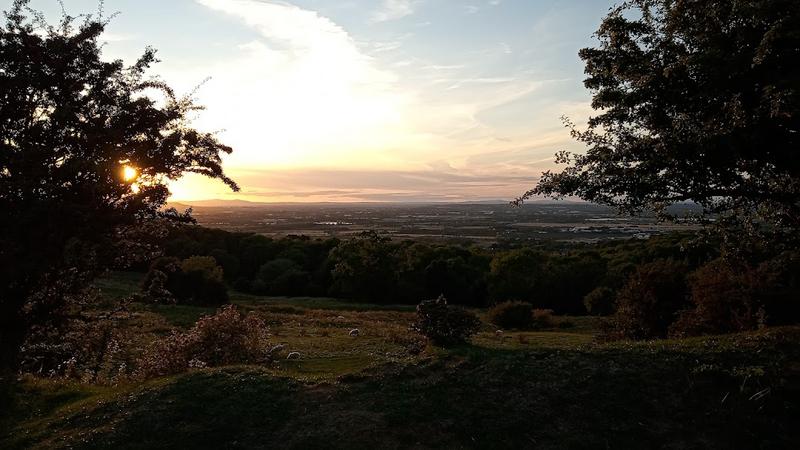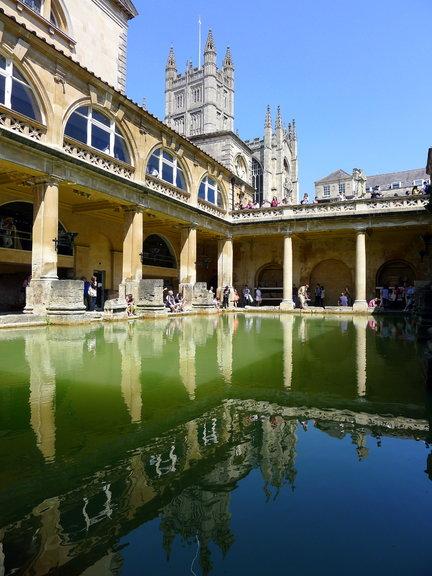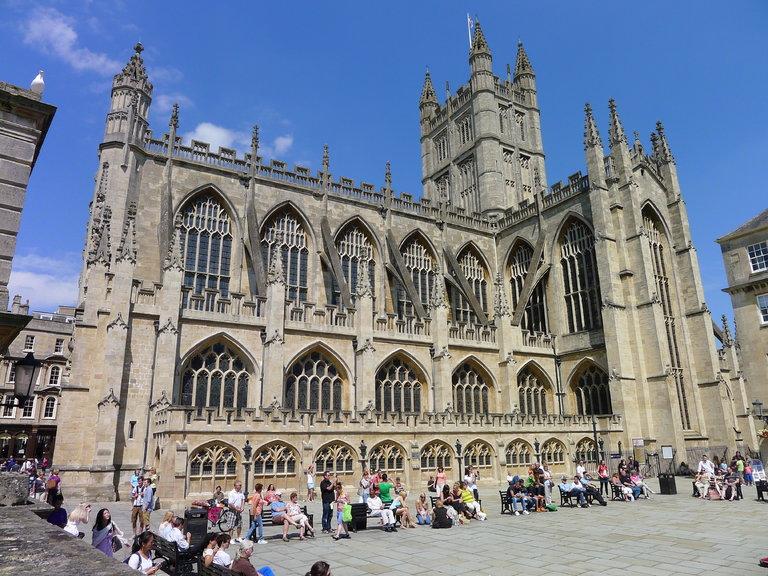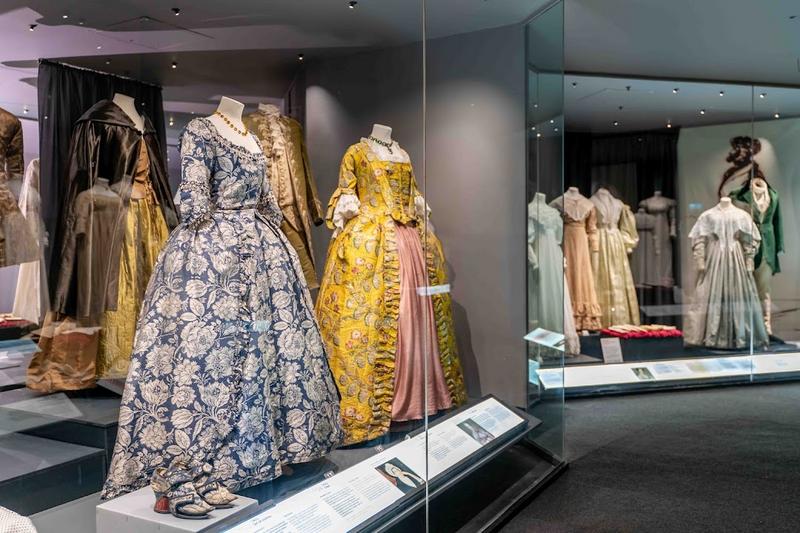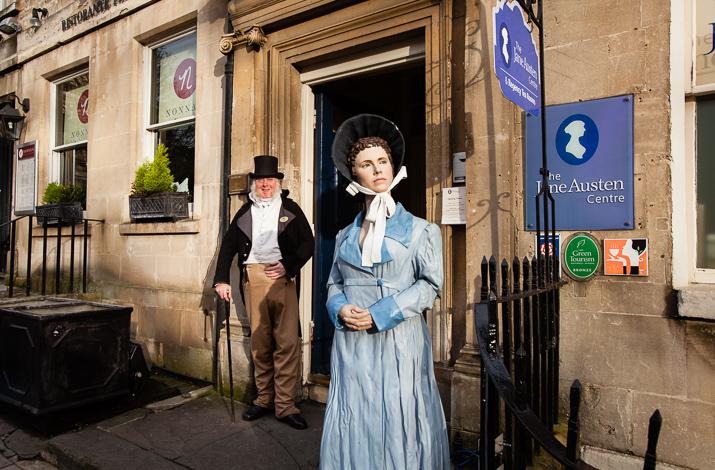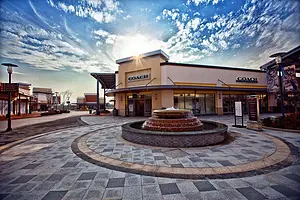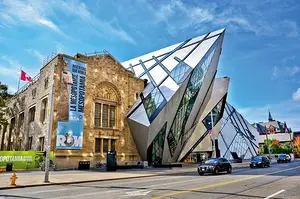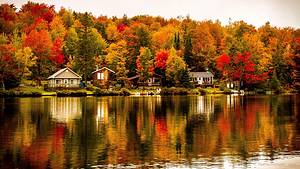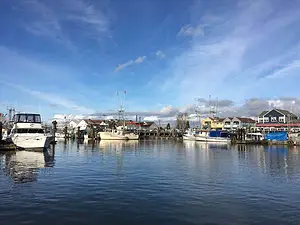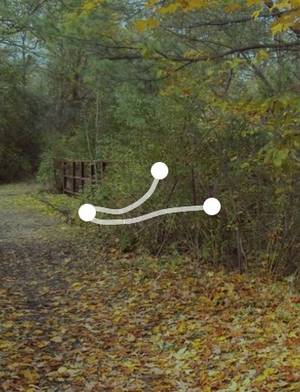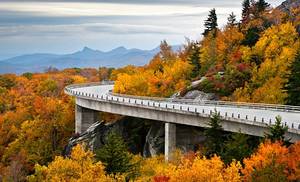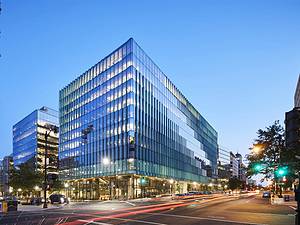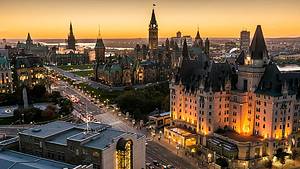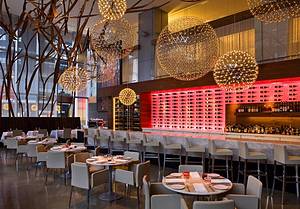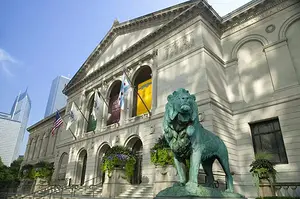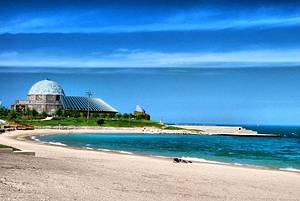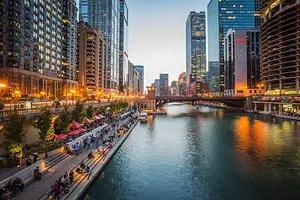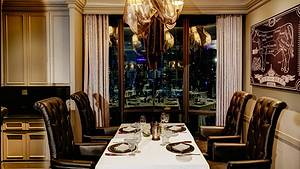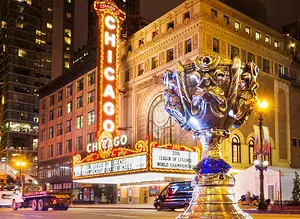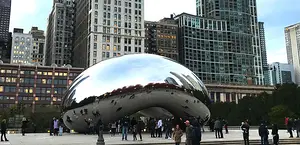19 Days in the UK in December
16 cities |
59 attraction(s) |
total distance 68281
km
 TIPS
TIPS
Day1
Day2
Day3
Day4
Day5
Day6
Day7
Day8
Day9
Day10
Day11
Day12
Day13
Day14
Day15
Day16
Day17
Day18
Day19
Day1: London
3 attraction(s) ·
5901 km
2
Centuries of bloody history around a medieval castle, home to Crown Jewels and iconic Beefeaters.
5
km
3
Visitors can tour the palace's opulent private and state rooms or watch the changing of the guard.
Day2: London
3 attraction(s) ·
5898 km
1
Established in 1940, this museum features exhibits focused on regional art, history & culture.
5894
km
2
Trafalgar Square art museum whose masterworks trace the development of Western European painting.
4
km
3
Landmark museum of animals and natural phenomena, with hands-on exhibits and animatronic dinosaurs.
Day3: London
3 attraction(s) ·
1 km
Day4: London
2 attraction(s) ·
6 km
Day5: Cambridge
2 attraction(s) ·
2 km
Day6: York
4 attraction(s) ·
2 km
1
York Minster, also known as the St. Peter's Cathedral, is one of the largest surviving medieval churches in Europe, as well as one of the most exquisite in terms of architectural design. The church was established in 627 AD as a completely wooden structure, but was destroyed during the civil war. In 1060, the Normans ruled the York region and built the first Norman church, with the foundation stone and basement of the church still visible today.
1
km
2
This castle museum used to be a prison, but after renovation, it exhibits a rich and diverse collection and is regarded as one of the best museums in England. In addition to visiting the prison where the famous thief Dick Turpin was imprisoned, visitors can also enter a public tavern from the Edwardian era and experience the charm of ancient life. On the life-size old street, there are bakeries, banks, bars, tailors, etc., as if time has gone back to ancient times, and the feeling of wandering in it is unforgettable.
1
km
3
Quaint, popular spot with a locally focused menu of craft beer and pub fare, plus outdoor seating.
1
km
4
Clifford's Tower is located on a small hill and is one of the few remaining remnants of York Castle. Visitors can climb the narrow spiral staircase to the top of the tower, overlooking the panoramic view of York, and can visit the miniature model of the old York Castle inside the tower. In addition, visitors can also visit the nearby castle museum. In 1190, a highly controversial riot occurred at Clifford's Tower. At that time, some Christian merchants tried to deny their debts to Jewish bankers and even attempted to destroy the Jewish community. 150 surviving Jews were forced to flee to Clifford's Tower and eventually killed themselves.
Day7: Edinburgh
4 attraction(s) ·
6085 km
2
Buzzing street linking Edinburgh Castle with Holyrood Palace, lined with quaint eateries & shops.
1
km
3
Prominent hill with neoclassical monuments & sweeping views of the city skyline & Edinburgh Castle.
2
km
4
Green Flag park of geological/botanical interest, home to several public monuments and memorials.
Day8: Edinburgh
3 attraction(s) ·
12 km
1
Bright, modern museum housing Scottish industrial history relics, natural history displays & a cafe.
5
km
2
Large parkland zoo offering keeper talks, hands-on animal encounters and free hilltop safari rides.
7
km
3
Mountain offering hikes from moderate to advanced, plus panoramic city & Firth of Forth views.
Day9: Manchester
3 attraction(s) ·
5059 km
Day10: Trafford > Manchester
3 attraction(s) ·
10119 km
1
Home of Manchester United, offering behind-the-scenes stadium tours & 75,000 seats for matches.
5058
km
3
More than 140,000 football-related items, plus a kids' discovery zone & skills-testing simulators.
Day11: Liverpool > Birkenhead
4 attraction(s) ·
3 km
1
British band The Beatles is one of the greatest and most successful bands in the pop music industry, which is widely acknowledged. They have made a revolutionary development and immense influence on pop music. Worldwide, The Beatles have made significant contributions to the development of rock music.
Now, there is a dedicated museum in Liverpool, the hometown of The Beatles, to commemorate this great band. The museum records the history of The Beatles and showcases their imprints and footprints from different periods, such as their pilgrimage from Hamburg to CAVERN WALKS and the "Flower Generation" era.
Upon entering the museum, many fans are attracted by several precious posters and pictures here. In this special environment, we can deeply understand The Beatles' music, precious photos and materials, and also see the original collections of many items.
1
km
2
Waterfront area with renovated red-brick dock buildings housing museums, restaurants, cafes & bars.
2
km
3
Liverpool Cathedral, built in 1901, is the largest cathedral in England and the fifth largest in the world. Despite its unassuming exterior, the interior is majestic and awe-inspiring. Visitors can enjoy free performances by the choir singing hymns, and climbing to the top of the tower offers an amazing view of the sunset and the breathtaking scenery of Liverpool.
2
km
4
Converted dock buildings housing temporary and permanent contemporary international art exhibitions.
Day12: Liverpool
4 attraction(s) ·
2 km
1
The exhibition theme of Merseyside Maritime Museum focuses on the maritime history of the city and the history related to immigration to the New World. This includes events during World War II such as the Battle of the Atlantic, as well as tragedies like the sinking of the Titanic and Lusitania. The exhibition also covers the development of British shipping and sailor life, and the wave of immigration starting from Liverpool.
1
km
2
The main purpose of the International Slavery Museum exhibition is to show people the history of slavery and the slave trade that occurred in Africa, South America, the United States, the Caribbean, and Western Europe. Such exhibitions aim to remind people to pay attention to the unfortunate fate that happened in history in order to better understand the evolution of human history. Through such a journey, you will gain a better understanding of the destructive consequences of global slavery and the slave trade, as well as a better understanding of some of the issues in today's society.
1
km
3
The Liverpool Museum, located on the banks of the River Mersey in the United Kingdom, is a popular attraction for both tourists and locals due to its unique location and beautiful displays. Since its renovation and opening to the public in 2011, funded by £72 million from Liverpool City Council, its exhibits primarily showcase the story of Liverpool, including its history, archaeological artifacts, fashion and art, flora and fauna, and other various displays. These exhibits fully demonstrate the city's rich history and unique culture. Visitors can also feel the inner charm and cultural heritage of the city while enjoying the displays. The Liverpool Museum provides an opportunity for tourists to learn about the city's history, culture, and traditions and is an attraction not to be missed.
2
km
4
Victorian museum showing major art from the 12th century onwards, by artists from Degas to Hockney.
Day13: Oxford
4 attraction(s) ·
2 km
1
Venerable university with 38 colleges plus more than 22,000 students and 70 research departments.
1
km
2
Majestic university college known for its grand main quad, riverside meadows & Cathedral Choir.
1
km
3
Elegant riverside college, founded in 1458, with deer park and bell tower sung from on May Morning.
1
km
4
18th-century, Palladian-style academic library and reading rooms, designed by James Gibbs.
Day14: Oxford
4 attraction(s) ·
2 km
1
The UK's second largest library, established in 1602 and containing over 11 million works.
1
km
2
Ancient & modern art & antiquities covering world civilisations, plus fine & applied arts.
1
km
3
Remains of a large medieval castle, with tours by costumed guides including the 900-year-old crypt.
1
km
Day15: Cotswold > Bourton On The Water
4 attraction(s) ·
38 km
2
If you want to experience the charm of English countryside, a visit to Cotswolds, especially Bibury, is highly recommended. Compared to the commercialized Bourton-on-the-water, Bibury has a more tranquil and beautiful atmosphere of an old-fashioned English village. The houses here have a history of over 400 years, arranged along the stream with honey-colored brick cottages and uniquely styled gardens. The stream in front of the houses is also a favorite place for wild ducks to play in. Bibury's beauty is not only unique in the English countryside but also makes it one of the most beautiful villages in the world.
16
km
3
The river Windrush runs through the small town of Bourton-on-the-Water in Cotswolds, with five stone arch bridges on its banks, all built with local stone. The oldest of these five bridges is called "The Mill Bridge," established in 1654, located in the western part of the Windrush River. Because of these bridges, Bourton-on-the-Water is known as the "Venice of the Cotswolds."
19
km
4
Chipping Campden Town is a historic town in the Cotswolds region of England, with human habitation dating back to the 7th century. In the 12th century, the town was planned along the curve of the River Cam, creating a unique town layout that attracted merchants for trading. The town's most famous feature is the Market Hall, built in 1627, which used to sell butter, cheese, and meat products. Along the main street, there are many interesting shops, including antique shops, jewelry stores, and craft manufacturers. Just a few steps away, you can enjoy beautiful countryside views. Since the 14th and 15th centuries, Chipping Campden has been an important wool trading market, and the preserved ancient style reflects its glorious history and achievements. The picturesque countryside scenery also attracts many tourists to visit.
Day16: Cotswold > West Oxfordshire District
2 attraction(s) ·
33 km
2
Family-friendly venue with 160-acre parkland for getting up close with more than 260 animal species.
Day17: Bath
4 attraction(s) ·
2 km
1
Modern glass-&-stone spa with thermal waters, Roman origins & an open rooftop swimming pool.
1
km
2
Bath is an ancient city located in southwestern England, just 100 miles from London. It is renowned as England's most beautiful city and is a UNESCO World Heritage city. The Roman Baths are Bath's most famous and widely recognized attraction, serving as a popular museum.
Legend has it that in the 1st century AD, when Britain was still within the Roman Empire, a prince named Bladud contracted leprosy and was exiled to the countryside to tend to his sheep. He discovered a curious-smelling mud hole where the pigs and other animals would roll, and he began to bathe in its mineral-rich waters. Gradually, the warm springs cured him, and his skin became smooth. When Bladud became king, he ordered the development of the hot springs, constructing Roman-style baths and temples, and people would bathe several times a year.
The Roman Baths were built around the hot springs, which gush out at a rate of 1.27 million liters per day from a depth of 3,000 meters below the surface. The temperature averages 46.5 degrees Celsius year-round. In the 18th century, a statue of the goddess Minerva was discovered, reviving the Roman Baths once again. The site contains several pools, a swimming pool, and heated rooms, all surrounded by sculptures and railings. The museum displays precious relics such as the ruins of ancient city walls and Roman period stone carvings and sculptures. Adjacent to the site is a water pump house for use in brewing mineral water tea.
By visiting Bath, you can explore the splendor of the ancient Roman era and learn about the history and culture of this city through these landmarks.
1
km
3
Royal Crescent is located 200 meters west of the circular building. The crescent-shaped Georgian terrace consists of 30 residential buildings built between 1767 and 1774, facing the vast lawns of Royal Victoria Park. These residences were designed by architect John Wood the Younger and have been rented out by the wealthy and famous for centuries, gaining much attention and almost never being sold. Today, Royal Crescent remains extremely popular.
1
km
4
Bath Abbey is a historically significant church located in the center of Bath, England. The building's façade is light yellow and it is built with typical Bath stone. The church was first built in the 7th century and has undergone numerous reconstructions, fires, and restorations. It wasn't until the 16th century that the church was completed in its final form, with a predominantly Gothic architectural style and grand appearance. The church has a cruciform floor plan and can accommodate 1200 people.
Day18: Bath
4 attraction(s) ·
2 km
1
Fashionable dress from 1600 to now, plus Victorian clothing & old sports costumes to try on.
1
km
2
Small museum chronicling the life & times of the famous writer Jane Austen, plus a Regency tearoom.
1
km
3
The museum has a rich collection, with the paintings being particularly esteemed.
1
km
4
Historical and contemporary European and British artworks including Bath artists and Gainsborough.
Day19: Bath > London
2 attraction(s) ·
5758 km

